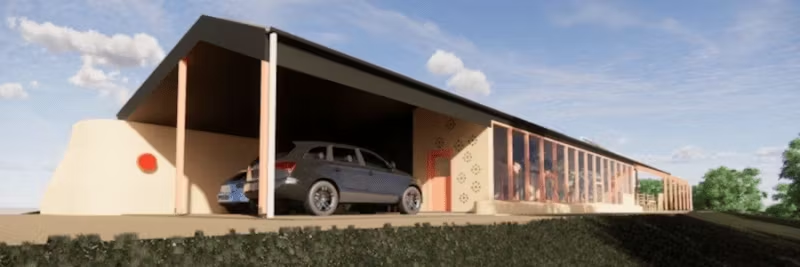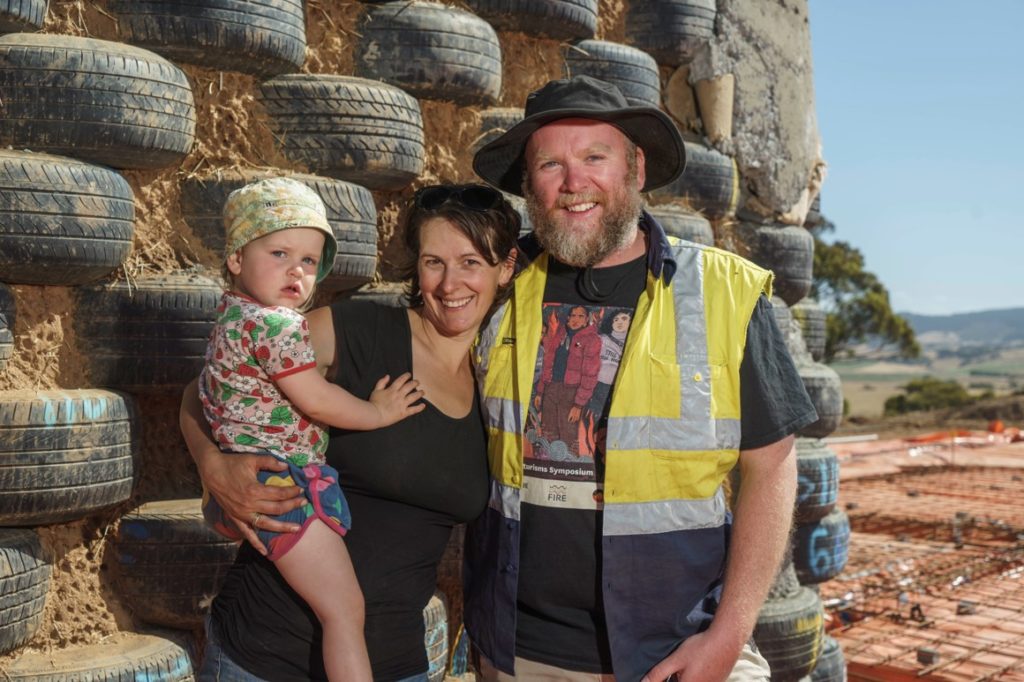Cart
Discount: 0.00 EUR
Discount: 0.00 EUR
Justin, Victron Energy |8/10, 2021

Evie Verdini Fensom from Australia has been interested in sustainable living since school, when she helped build a model house of straw bales and bamboo.
Now, with a three-year-old daughter Audrey, she and her partner Tristan are putting that early experience into practice as they seek innovative ways to build their family home.
The project began six years ago when they bought 110 acres of bushland. They have developed the land for sheep farming and growing for their own use. Their interest in a sustainable, energy-efficient home led them to the concept of Earthship – an architectural design that stores solar energy in earth masses, provides natural ventilation without air conditioning, protects against extreme heat, and keeps the house warm during cold nights.
After living in an Earthship, they were convinced of the design's benefits: the indoor temperature remained at 18°C while it was 7°C outside. Through earth tubes and natural convection, a "cold room" can maintain 10°C even at high desert temperatures.
The land is far from the grid – a connection would have cost over 250,000 AUD. Instead, they chose an off-grid solar system that provides approximately 15,000 kWh per year. The installation was done by MyEnergy and includes:
The 187 m² house is being built through courses led by Earthship Eco Homes designer Dr Martin Freney. Students learn the methods practically at a low cost, making the project both social and economic.
The walls consist of straw bales covered with clay, reinforced with sheet metal for fire protection. The foundation contains recycled car tires filled with earth, and glass bottles are used to create colored light effects. The roof is made of sheet metal – light, durable, and cost-effective.
Rainwater is collected in a 137,000-liter tank, with additional storage for agriculture and fire protection. Greywater is used for irrigation and fertilization.
Straw bales store carbon dioxide and provide excellent insulation, reducing the need for heating and cooling. Evie and Tristan show that it is possible to build a modern, comfortable home that is both environmentally friendly and economical.
Follow their journey on Facebook.
